Radium Light ribbon-/hose/-strip


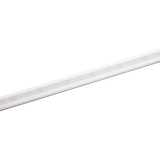
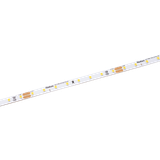

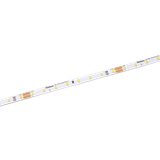
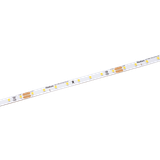



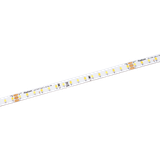
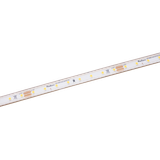
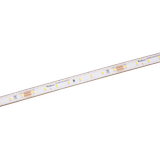

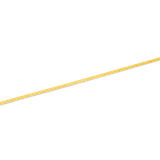
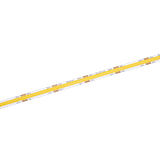
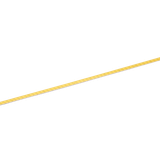
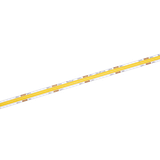
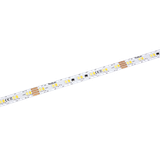



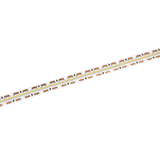
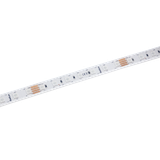
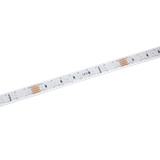
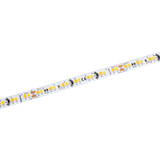



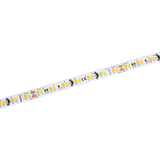
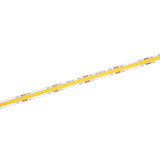









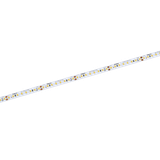



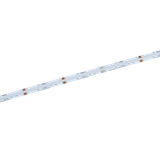
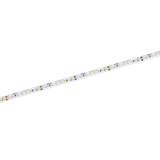






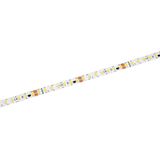


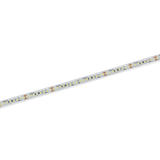



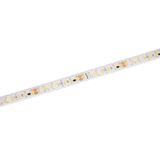
radium light ribbon hose strip for architectural lines
Radium’s flexible linear family covers two needs in projects: high‑efficiency LED tapes for hidden coves and continuous “neon” hoses for visible lines. Engineers use these when a space needs clean, uniform bands of light without installing bulky fixtures. The systems run on SELV 12/24 V DC, so retrofits are safe and fast in ceilings, shelves, and façades.
Product range and series overview – radium led ribbon lighting
Expect three subfamilies. Standard LED tape in 12 V or 24 V for interiors with densities from ~4.8 to 19.2 W/m delivering roughly 400–2,000 lm/m, depending on pitch and phosphor. High‑CRI tape for retail and hospitality where color matters; CRI 90 options keep merchandise natural. And silicone‑extruded “neon” hoses with side‑ or top‑emitting geometry for a continuous line without dotting. Most projects mix tapes for cove/backlighting and neon hoses for exposed curves or lettering.
Cut points vary by voltage and pitch—commonly 25/50/100 mm—so designers can hit exact lengths without dark gaps. Minimum bend radius is specified by the extrusion; plan gentle sweeps on corners rather than tight kinks. For long runs, 24 V keeps current lower and drop manageable.
Technical specifications and standards
Electrical: constant‑voltage operation at 12 V or 24 V DC; pair with Radium CV drivers rated to IEC/EN 61347‑1/‑2‑13. Specify power headroom of 15–20% per channel and watch total current on shared feeds. Dimming via PWM or analog gateways (1–10 V/0–10 V) and DALI through the driver layer; phase‑cut is acceptable only where the driver is listed for it.
Photometric: CCT 2200–6500 K, CRI 80/90 options, and binning within SDCM ≤ 3 for uniform tint across bays. LED packages are validated to LM‑80 with project lifetime projections using TM‑21; most tapes achieve L70/B50 30,000–50,000 h when mounted to an aluminum profile for heat spreading. For filming zones, validate flicker metrics (Pst LM/SVM) with the chosen driver.
Protection: indoor tape is IP20; silicone‑jacket hoses ship in IP65/IP67 variants with molded ends. Where jet‑wash or immersion is expected, request higher sealing and potted tails. UV‑stable silicone resists yellowing on façades better than standard PVC.
Wiring and EMC: follow polarity marks; keep feed lengths short and loop‑resistance low. Control gear meets EN 55015 emissions and EN 61547 immunity when installed per datasheets. Photobiological safety remains at the luminaire level under EN 62471 once the strip sits behind a diffuser.
Thermal: always use aluminum profiles or heat‑spreading substrates under higher‑density tapes. Surface temperature limits protect phosphors from early shift.
Applications and compatibility – radium hose led strip
Retail coves, hotel headboards, shelf edges, and reception desks benefit from uniform bands without point sources. In museums, a top‑emitting hose outlines paths softly; side‑emitting versions trace curves or letters. On façades, choose UV‑stable hoses and specify proper cable glands to keep the seal intact. For refrigerated cases, confirm low‑temp start; many tapes operate down to −20 °C if drivers sit outside the cold zone.
Mixing with spot layers works well: tapes set background lux while track heads or downlights supply contrast. Avoid series daisy‑chains beyond the recommended run—feed from both ends or centrally to avoid dim tails.
Integration with other Radium products – radium flexible ribbon led
Use Radium constant‑voltage drivers sized to the total wattage plus headroom, then add a DALI or 0–10 V front‑end where the project needs scenes. For coves, pair tapes with Radium aluminum profiles and opal diffusers; it cleans the line and improves lifetime. In cabinets, low‑profile channels with snap diffusers speed maintenance and keep wiring protected. Emergency egress lines can be maintained using a dedicated CV channel backed by an emergency driver—coordinate with the safety designer.
Where a spec calls for a radium neon-like led strip effect, select the silicone‑extruded hose with the right emission geometry and an opal enclosure; dot‑free results depend on pitch and diffusion depth, not just lumen output.
Selection criteria for B2B clients
- Voltage and run length: 24 V for long lines; 12 V for fine cut points. Keep single‑ended runs within the datasheet limit; use dual feed for longer spans.
- Thermal path: aluminum channel for anything above ~10 W/m. Adhesive alone is not a heat sink.
- CCT/CRI policy: lock one CCT per zone; use CRI 90 for front‑of‑house and displays, CRI 80 for back‑of‑house.
- Ingress/UV: indoors IP20 is fine; outdoors or wet zones require sealed hoses and UV‑stable silicone. Confirm end‑cap sealing if you trim on site.
- Control: decide early between PWM, 0–10 V, or DALI. Group runs by driver to avoid flicker mismatch at low dim levels.
- Wiring & drop: size conductors for current and length; plan feeders every 3–5 m on higher‑power tapes.
Procurement often standardizes one indoor tape, one high‑CRI tape, and one hose extrusion. It keeps spares lean and commissioning predictable.
Advantages of working with Bankoflamps
- Individual B2B pricing and custom offers aligned to rollout phases.
- Personal account manager for samples, submittals, and logistics.
- Real‑time stock visibility across EU warehouses.
- Quick quote response (~1 hour) for tender agility.
- Fast order placement by EAN/MPN with clean traceability.
- Downloadable, always up‑to‑date price lists for ERP syncing.
- Lead‑time tracking and order status updates for site planning.
- Purchase‑history access and analytics to consolidate SKUs.
- Post‑payment (up to 30 days) for trusted clients.
- Consolidated shipment management to reduce freight costs.
Stable pricing with validity dates; we serve France, the Baltics, Germany, Spain, Italy, Belgium, and the Netherlands.